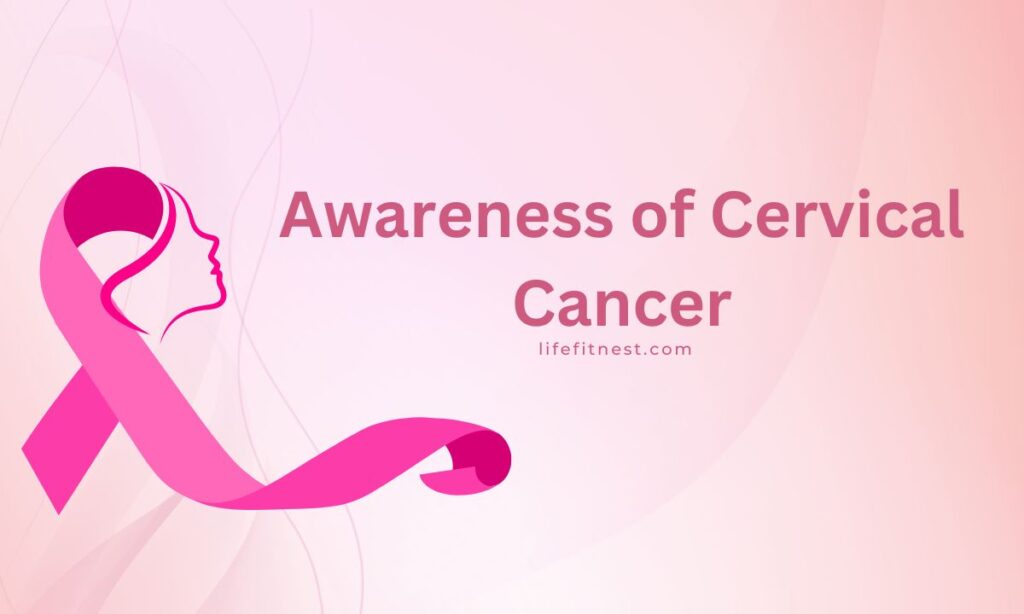The World Health Organization designates January as Cervical Cancer Awareness Month. Cervical cancer is the second most common type of cancer and the leading cause of cancer-related deaths among women of reproductive age worldwide.
Furthermore, this type of cancer has no symptoms in its early stages, making it easy to overlook.
This has also been one of the reasons for designating the first month of the year as Awareness Month. Cervical cancer can be prevented and cured if it is identified early.
The majority of cervical cancers are caused by HPV, or Human Papilloma Virus (mainly HPV-16 and HPV-18), a sexually transmitted illness.
The Centers for Disease Control and Prevention have indicated that some form of HPV is contracted at some point in the lives of 80% of women; however, not all strains of this virus cause cervical cancer. The majority of these virus types go away on their own, but a few persist and may cause pre-cancer cell alterations that, if left untreated, can progress to cancer.
Aside from HPV infection, other risk factors for cervical cancer include unprotected sex, HIV infection, chlamydia, weakened immunity, tobacco use, and smoking.
Must Read : Lifestyle and Cancer Impact and Prevention Strategies
How Do You Prevent Cervical Cancer?
Here are a few guidelines that can help minimize the risk and avoid cervical cancer.
There are vaccines available to help protect young females against the human papilloma virus. An HPV vaccine is advised for both girls and boys who may be carriers of the virus.
As previously said, cervical cancer is symptom-free in its early stages; thus, routine screenings are required. A PAP smear is a simple procedure for detecting atypical changes in the cells of the cervix, which is the lower, narrow end of the uterus located at the top of the vagina. Regular PAP testing lets us detect any potential malignant alterations in the cells, which can be treated early.
Having safe sex, which means having sexual contact with only one partner and using condoms correctly and consistently during intercourse, reduces the risk of developing cervical cancer.
Symptoms of Cervical Cancer
Although it is symptom-free in the early stages, some symptoms emerge as the condition progresses, which may vary from person to person. This includes:
- Abnormal bleeding from the vagina
- Change in the usual menstrual cycle.
- Bleeding or pain after intercourse.
- Pain in the back of the legs or rectal area
- Blood in the rectum or urine.
Most crucially, cervical cancer prevention and survival are dependent on your awareness of the disease and the significant steps taken in response to it.


![Understanding Leukemia: A Comprehensive Overview [2024]](https://newstechblog.com/wp-content/uploads/2024/08/cancerHealth-1-1024x536.png)
![Coughing up Phlegm: Causes, Symptoms, and Treatment [2024]](https://newstechblog.com/wp-content/uploads/2024/08/Coughing-up-Phlegm-Causes-Symptoms-and-Treatment-1024x614.jpg)